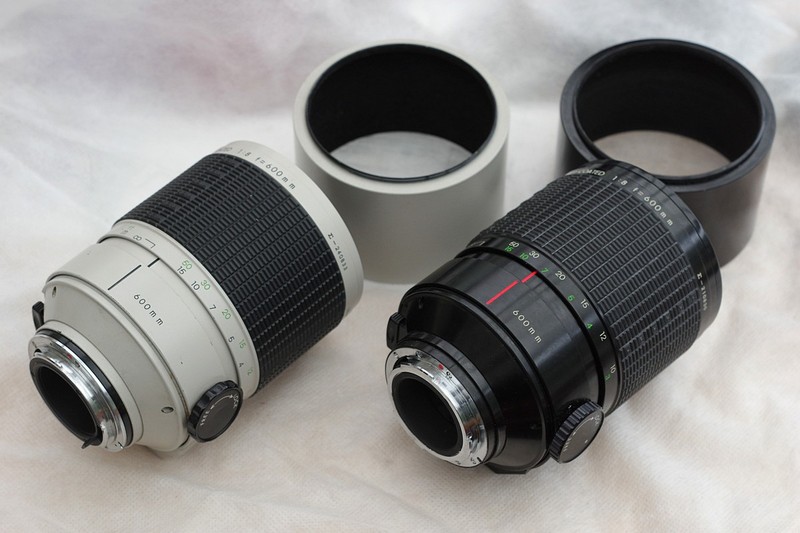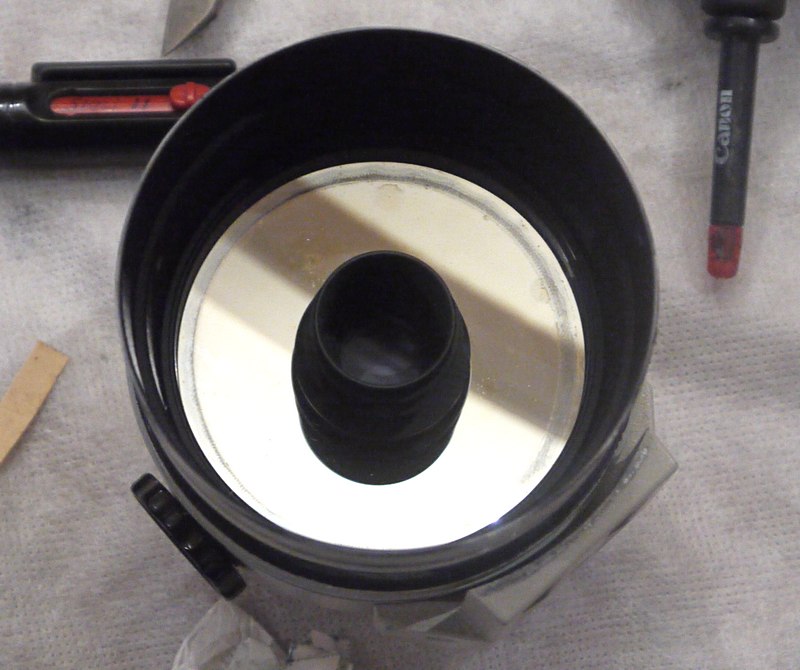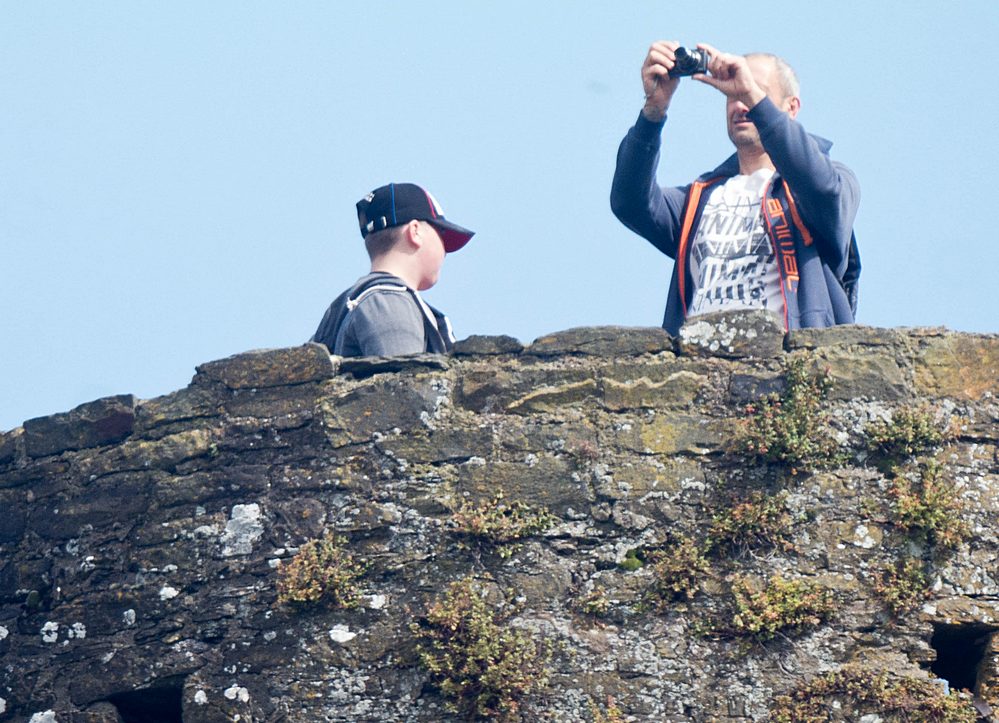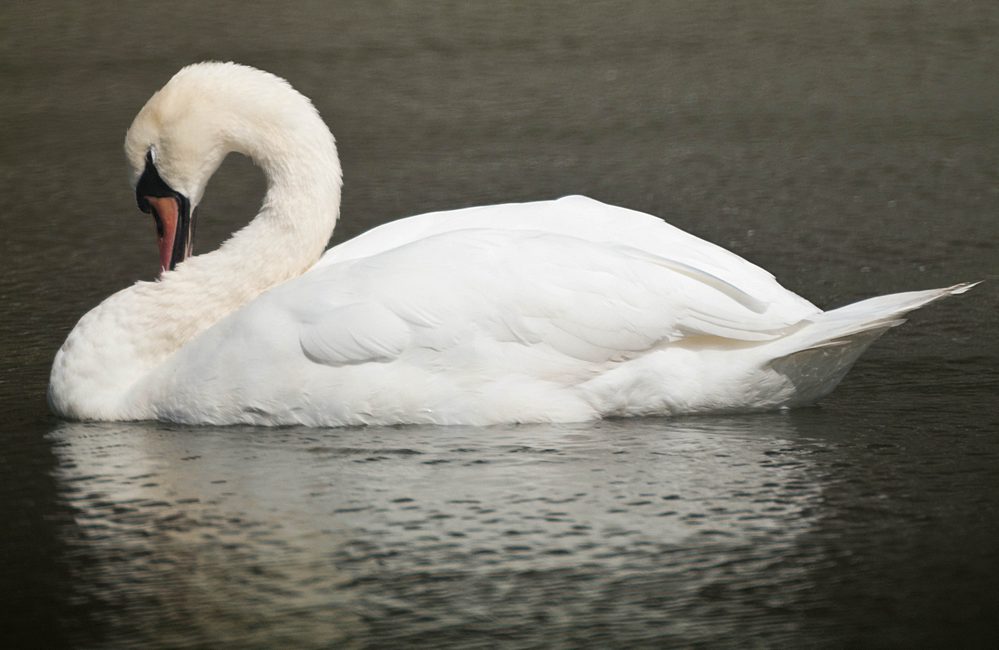I found bokeh in most of the shots in the above links. For the sake of definition, to me "bokeh" is defined as out of focus highlights. And by "highlights" I mean anything that adds to the quality of an image.
In the above images, there were several that didn't appear to have any Spaghetti-O bokeh, but they had them, they were just very soft. In a few others, the donuts were there, they were just very small.
Here's a good example of a mirror image with no donut bokeh. I suppose that, since the entire image is mostly in focus, you could argue there is no bokeh. Canon FTb, Sigma 600mm, Kodachrome 64.

An another one in which the donut bokeh are small and rather inconsequential. Canon F-1, Sigma 600mm, Kodachrome 64.

And yet another in which the donut bokeh are so obvious, they're practically the subject of the photo. Canon F-1, Sigma 600mm, Kodachrome 64.

On balance, though, I think that, as long as the image has something important or obvious to say, a few donuts here or there aren't gonna be a bother -- at least certainly not to me.
Canon FTb, Sigma 600mm, Kodachrome 64

Canon F-1, Sigma 600mm, Kodachrome 64

Canon F-1, Sigma 600mm, Kodachrome 64



 Similar Threads
Similar Threads 
























 Post #1221 by turbo_bird
Post #1221 by turbo_bird








